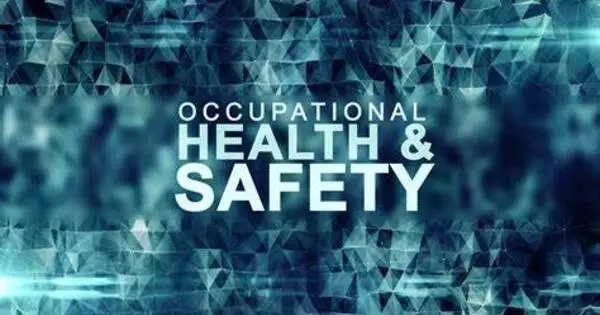Occupational Safety and Health (OSH) is the discipline and practices concerned with ensuring the well-being, health, and safety of workers in the workplace. It is a multidisciplinary field concerned with the safety, health, and welfare of people at work (i.e. in an occupation). Because these terms also refer to the goals of this field, their use in the context of this article was originally an abbreviation for occupational safety and health program/department, etc.
Occupational safety and health is related to occupational medicine and occupational hygiene. The primary goal of occupational safety and health is to create a work environment free of hazards, minimize risks, and promote overall employee health and safety. The goal is to create a safe and healthy working environment. OSH also protects members of the general public who may be affected by the workplace.
According to the United Nations’ official estimates, the WHO/ILO Joint Estimate of the Work-related Burden of Disease and Injury, nearly 2 million people die each year as a result of occupational risk factors.
Key elements and concepts related to occupational safety and health include:
- Workplace Hazard Identification and Risk Assessment: Employers are responsible for identifying potential workplace hazards and assessing the risks associated with them. This entails assessing tasks, processes, equipment, and working conditions to identify potential sources of harm to employees.
- Regulatory Compliance: OSH regulations and standards have been established in many countries to ensure that employers provide a safe and healthy work environment. Compliance with these regulations is critical for preventing workplace accidents, injuries, and illnesses.
- Safety Training and Education: Employers must provide employees with training and education to ensure they understand potential hazards and know how to perform their tasks safely. This includes instruction on proper equipment use, emergency procedures, and the significance of personal protective equipment (PPE).
- Personal Protective Equipment (PPE): PPE includes items such as helmets, gloves, safety glasses, and respiratory protection. It is designed to protect workers from specific hazards that cannot be eliminated through engineering or administrative controls.
- Emergency Response and Preparedness: Employers must have plans and procedures in place to respond to emergencies, such as fires, chemical spills, or medical incidents. This includes training employees on evacuation procedures and the use of emergency equipment.
More than 2.78 million people die each year as a result of workplace-related accidents or diseases worldwide, equating to one death every fifteen seconds. An additional 374 million nonfatal work-related injuries occur each year. Each year, the economic burden of occupational-related injury and death is estimated to be nearly four percent of global GDP. This adversity has a high human cost.
Organizations that prioritize occupational safety and health can create a safer and healthier workplace, reduce the risk of accidents and injuries, improve employee well-being, and increase overall productivity.
















